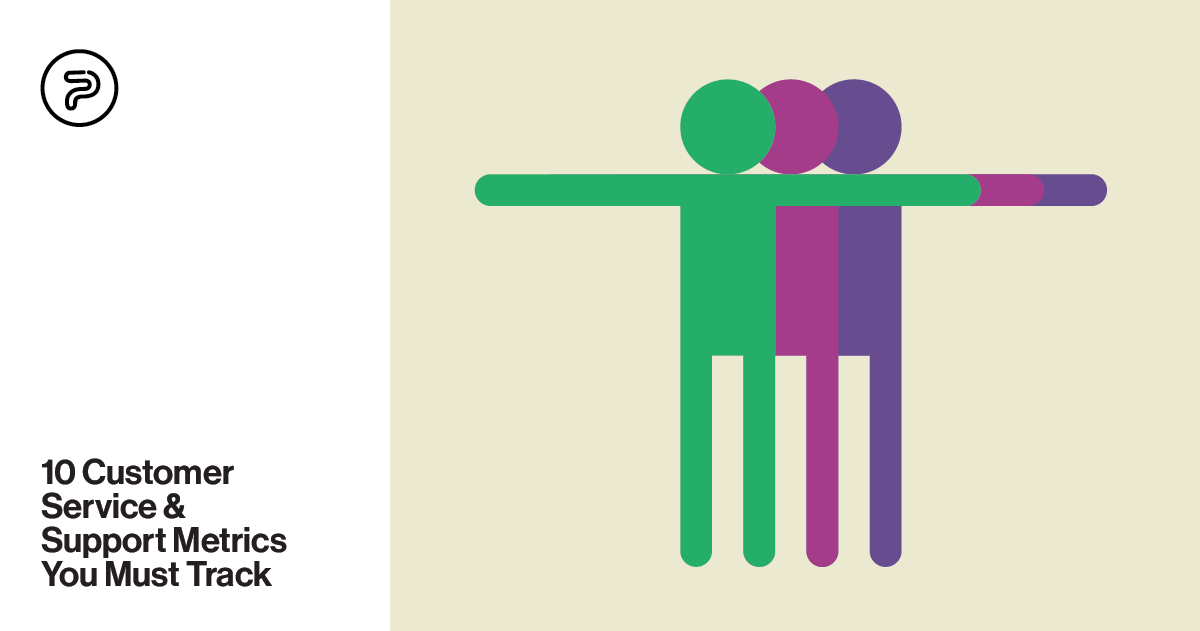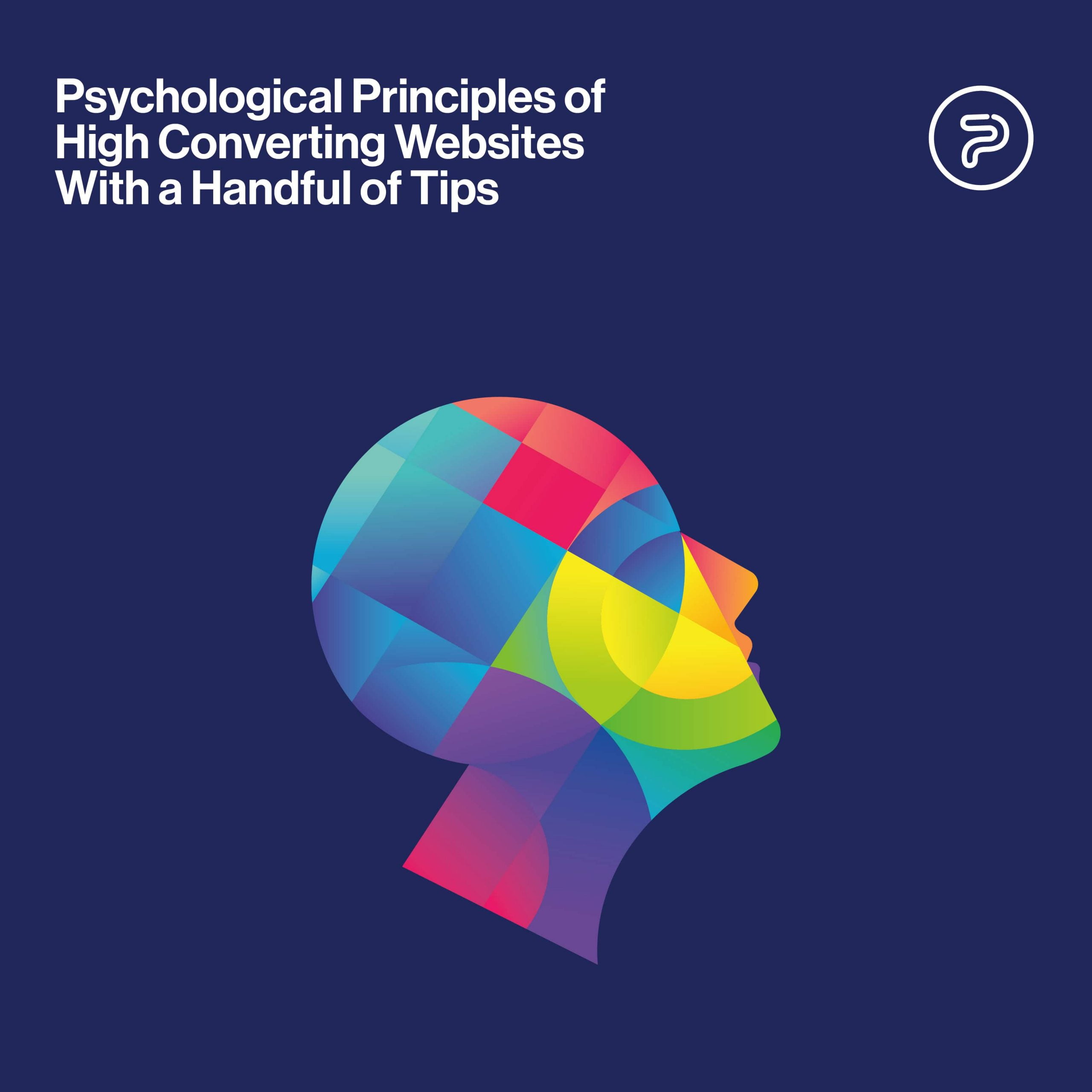Remember the times when customer service was looked at more like an auxiliary business function? Something that was “a nice touch to have”? You do? Well, forget it.
All jokes aside, we’re living in a world where customer support and service hugely impact the bottom lines of businesses and sets them apart from competitors.
As a matter of fact, even older articles have mentioned that around half of the customers wouldn’t mind paying more for the same product or service if the customer service would be at a higher level.
In essence, customer service and support touch basically every aspect of your business from your services, products to marketing, sales processes, customers, and a lot more. They are also a huge player when it comes to overall customer experience – a critical metric when it comes to overall entrepreneurial success.
As such, in this post, we will go over the top ten customer support and services metrics that you can use to gain insight and improve the overall customer experience for the benefit of your business.
Why are Customer Service Metrics Important?
You might be doing the best you can in the sales and the marketing department and you might even be doing a great job with customer support and overall service, However, if you’re not measuring the impact of your work, you don’t really know just how good of a job you are doing, and you don’t really know where are those areas where you might be needing improvement.
As such, customer service metrics are those essential units that measure the state of your customers’ happiness, indicating whether they will buy more from you, interact, or even advocate your brand in the future
By tracking your metrics, you will be able to answer even the most basic or crucial performance questions, such as:
- Are the support teams doing the best they can?
- How well does our brand message resonate with our customers?
- Just how satisfied our customers really are?
- Is it easy for our customers to engage with us?
- Are our sales processes efficient enough and our workflow optimized?
Experience and Operational Data for The Optimizing Everything
When looking at how most customer experience experts work, you will see that most of them will look at operational (O-data) and experience (or X-data).
In this sense, O-data are the numbers your brand sees. Sales revenue, new customers, call center volumes, figures, website traffic, and more. It’s really useful and crucial for overall success, but from the aspect of customer service and support, it’s only half of the story. It tells the story of how your strategy was executed and how that execution took place.
Now, X-data, or experience data gives additional context. It shows you how your customers experienced your strategy, product, and/or service. It shows what and how they feel about your products and brand overall. This is that valuable human feedback that helps you to locate the gaps between what you think is going on and what’s actually going on.
Harvesting experience data gives you the ability (clairvoyance, so to speak), that enables you to improve certain areas that O-data alone wouldn’t let you.
Not saying that O-data is worthless. On the contrary! To keep your business performing at optimal levels, you need both to keep everything afloat and your customers happy.

Customer Service Metrics You Should be Tracking
So, after so much talk about metrics and data, let’s see what are the things you should actually be tracking and how you can use them to turn the odds in your favor.
Note that these metrics are KPIs (key performance indicators) that help you measure and understand the impact of your support and customer service efforts objectively.
Average Ticket Count
This metric measures the average number of customer support/service tickets your team gets. You can choose to measure them on a daily, weekly, monthly, quarterly, or yearly basis.
Essentially, this number can tell you two things. For one, getting more tickets can indicate that the customer services system is working efficiently, but it can also fall short with the product or service as your customers are facing frequent issues.
So, what to look for when measuring your average ticket count? Well, in this case, less is more, so fewer tickets will probably also mean fewer problems for your customers.
When it comes to improving these metrics, a great thing you can do is communicate customer feedback to marketing and product teams who then can better understand what the customers need or are dealing with right now. Depending on the number and the nature of tickets you are receiving, you need to make sure that you have enough representatives in your support team to handle every issue with care and attentiveness.
First Response Time
This metric measures the actual time it takes for a team member from customer service to respond to an inquiry or a new ticket. In other words, it measures how long a customer waits before somebody helps them.
While speed isn’t everything in customer service, it sure does go a long way in ensuring that the overall experience is enjoyable. We’re living in a time and age where most customers want speedy and efficient replies, mostly within 24 hours. No matter on which channel they are contacting you.
This metric generally tells you just how efficient your customer service team actually is and how long it takes them to get back at your customers. It’s also pretty much self-explanatory that the less your customers have to wait the better the experience.
So, to improve first response time, make sure to check if there’s anything holding your team back from doing their jobs efficiently. Also, encourage your team to work out a system that enables them to juggle a few tickets at the same time to ensure that your customers are getting first-class attention and care.
Also, make sure that your team is well-staffed because if you are short a few members, your customers will feel it.
Ticket Backlog
This is the metric of the unresolved tickets that are still waiting to be handled by customer service. As with the average ticket count, you can choose to measure it in different increments.
However, to get started, you need to establish what “backlog” actually means in your case. After deciding on your response and resolution time goals, any ticket that fails to meet these benchmarks can be backlogged.
As said before, speed isn’t the most important factor when it comes to customer service, it’s still a critical part of offering rock-solid customer service.
On the other hand, backlogged tickets grant you insight into just how fast your team reaches, responds to, and resolves customer issues.
Without a doubt, you should strive for minimizing the number of these tickets, as having fewer of them means that your team is efficient.
If you want to improve this metric, first, you need to understand your entire customer service process. Look for any areas that are slower than the rest, Always look for issues in staff numbers as well. An understaffed team will run into issues. Sooner than later.
Average Response Time
This one tracks the amount of time it takes for customer service to tend to a conversation again, after opening a ticket. This basically measures how quickly your customers are receiving help, and how fast your team resolves the ticket.
Here, speed is also your friend. The quicker the response, the better your team is at its job and the happier the customers.
Improving this area will also depend on several factors. For starters, look for dependable trainers, managers, product specialists who will be able to educate your customer support team about your brand and products. If they constantly rely on their help, things will become slower and can even come to a halt.
Also, make sure that the team isn’t overburdened with tickets. When there’s too much to attend to at the same time, things will invariably become slow.
First-Contact Resolution Rate
The FCR rate basically measures the rate of tickets that your team is able to resolve during the first response to an inquiry.
This is a rather important metric as it indicates just how effectively your team communicates with your customers and much information they ask for during their first call. On the other hand, it also shows just how precise your team’s instructions are, meaning that they precisely know what kind of info they need during the first call.
The FCR rate has also been shown to correlate with better customer satisfaction. It makes perfect sense: in such a fast-paced world, people love speedy and accurate solutions.
It’s obvious that you should be looking for a high FCR rate, which means that your team is very effective at communicating with your customers.
Improving FCR rates, on the other hand, might be a bit more difficult. It might require you to look into customer support training, take a more thorough look at the customer support web form. Ensure that your customers have the option of providing more info right off the bat so your team can provide better support.
Average Ticket Resolution Time
This is the metric that measures just how long it takes your team to resolve each service or support ticket. It basically tells you the efficiency of your teams, and it can also tell loads about the complexity of the issues your customers have.
Obviously, you will want to see short resolution times, indicating that your teams are good at what they do. Also, short resolution times also indicate that there are no complex problems with your services/products meaning, that you don’t have to go back deeper to address more serious issues that might affect other important segments such as product development.
To improve this metric, take a closer look at the initial message your teams send out to each customer. Are they asking thoughtful questions? Do they encourage the customer to explain the problem in a detailed way? Also, it’s crucial that you ensure adequate training, meaning that your teams are well-versed in your services/products. This enables them to resolve issues at a faster pace without having to reach out to other teams to help them out.

Ticket Resolution Rate
This rate measures the number of fully resolved tickets and compares it to those that are still waiting to be resolved. You can also use the before-mentioned increments to measure this rate )daily, weekly, monthly, etc.).
You can also compare the resolution rate to the ticket backlog numbers and see how your resolution rate compares to the rate of unresolved tickets each day, week, and so on.
The efficiency (how fast or slow your ticket resolution rate is) will mostly depend on other benchmark factors you’ve set for your teams. Things like backlog amongst, average response time can all make a difference with this metric.
This metric basically lets you know how efficient and quick your support/service teams are at solving and closing tickets.
Obviously, you will want to see a high rate, meaning that there are only a few (or no) tickets left unresolved.
To improve this rate, try to minimize all issues that would distract your teams and representatives from doing their job. Aim to oversee the processes, look at the number of people you have working on the tickets, and add more manpower if needed.
Number of Interactions Per Ticket
This metric measures how many times your customer service representatives interact with each customer before resolving their ticket. In other words, it measures the number of times your teams have to communicate with your customers to get the job done.
Basically, this metric gives you insight into just how effective the interaction is between your team and customers.
As such, you will want to see fewer interactions for every ticket, meaning that your team is effective at communicating, asking the right questions, and doing everything they can to resolve the problems.
To improve this metric you essentially want to improve communication between your customers and service/support teams. Make sure that they are asking the right questions and let the customers explain their problems in detail.
Preferred Communication Channel
All in all, this isn’t that much of a metric, it’s more of an observation that helps you understand how the majority of your customers like to contact you. Whether it’s email, social media, web form, live chat, or a phone call, you should be keeping track of your customers’ outreach habits when coming across problems.
Why? This way you can see how your customers like to communicate with your business enabling you to improve every channel at your disposal.
Here, you aren’t looking for a particular “top channel”, rather you should be taking note of customer patterns and communication effectiveness on every channel. Analyze everything that comes through every channel.
And even though you can’t improve this metric, you can improve the channels and optimize them to be as easy to use and as attentive as they can be.
Customer Satisfaction
Lastly, this is a metric that measures how your customers actually feel about the customer support and/or service you’re providing them. In most cases, you measure it by asking your customers to complete a short survey following the service. It can be something fairly simple, like clicking a thumbs up or down, or more elaborate like answering a couple of questions regarding their experience. It’s up to you how you choose to collect the data, but you should go for a system that you can easily track and that makes sense to you.
Customer satisfaction is probably the most important metric on this list. It tells you the overall helpfulness and effectiveness of your customer service/support teams and shows whether your customer’s issue was resolved or not. It could also tell you whether they’d return with another question or concern, based on the questions you’ve asked them in the survey.
Obviously, you want to look for positive responses and reviews here. This means that your customers had a positive experience and that your teams are fully functioning and effective. Negative feedback can also be helpful as it will point out areas that need improvement.
Improving customer satisfaction can be simple. For starters, all you have to do is listen carefully to what your customers are telling you. If you don’t provide open-ended questions, reach out to those who had a negative experience. A short follow-up can go a long way in helping you understand where your teams might need to improve a bit.





